How to Use Weather in Home Automations: Tempest Weather System Review
Reviewing the Tempest Weather System, including how it works, what I like and what I dislike, and how I’m using it in smart home automations.
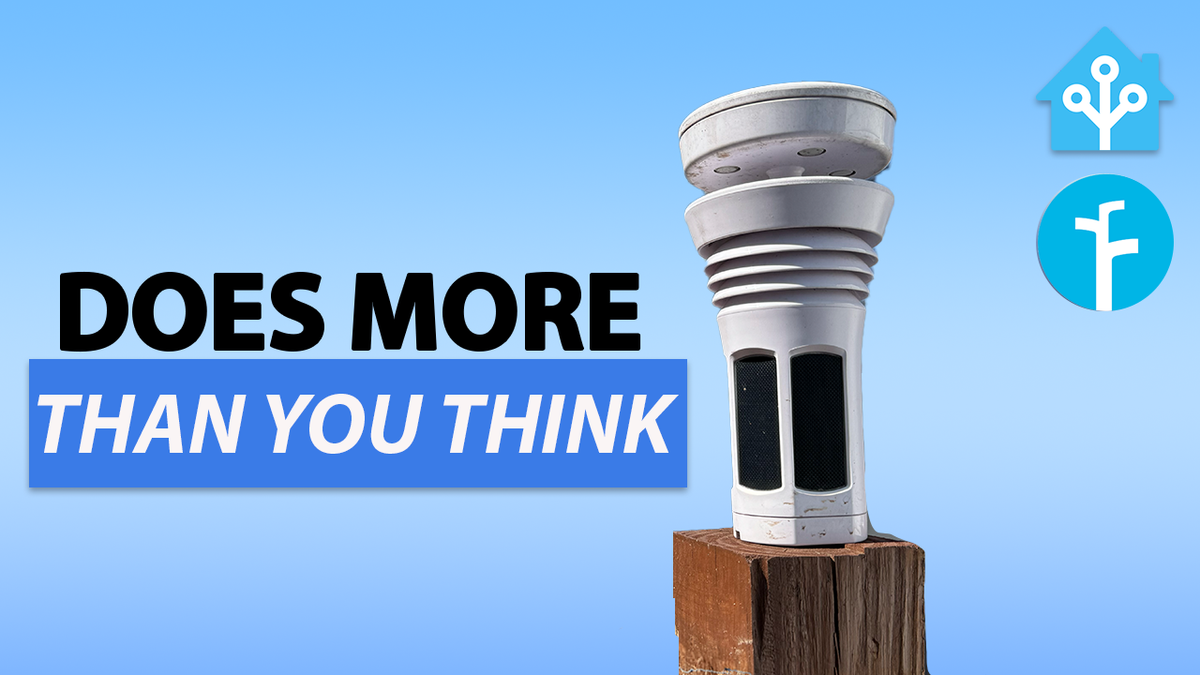
Introduction
Two years ago, I had a couple frustrations. The first was that my irrigation system would routinely water my lawn while it was raining. This was bad for the environment, and for my budget. The second was that the outdoor lights on my home turned on and off using a smart home automation. But they weren’t actually turning on when I needed the light. As disconnected as these two issues may seem, I found the solution for both in the same place: the Tempest Weather System.
I’m going to review the Tempest Weather System that I purchased with my own money and have been using for two years. I’ll show you how it works, what I like and what I dislike, and how I’m using it to address those two frustrations.
Main Points
Let’s be honest, getting the weather forecast has never been easier. My iPhone has a built-in weather app with a treasure trove of weather information. I didn’t need more weather forecast data. What I needed was data about what was happening on my property in real-time. My iPhone weather app could not give this to me. So, I went looking at personal weather stations.
Requirements
Now, I had five requirements for choosing a personal weather station:
- It had to have a rain sensor (which I would use to automate my irrigation system)
- It also needed a brightness sensor (which I would use to automate my outdoor lights)
- I wanted it to be fully wireless (no plugging in power cords or charging batteries)
- Looking for a simple DIY install (no professional installer needed)
- It had to be compatible with Rachio Smart Watering devices (my irrigation system) and Home Assistant (my smart home hub)
The intersection of all these requirements led me to the Tempest Weather System.
Features
Let’s take a closer look at this device:
- First off, it’s amazingly compact at about 8 inches tall by 4 inches wide.
- Starting at the top, it has a light sensor for detecting the ambient light level and UV index. Check!
- Also at the top is a haptic rain sensor, which uses vibration to tell you when it’s raining outside, for how long, the intensity, and accumulation. Check!
- Moving down it has a sonic wind sensor that measures the wind speed and direction every three seconds, along with pressure, temperature, and humidity sensors. Nice.
- It also has a built-in lightning sensor for detecting the number of lightning strikes and the distance up to 40 km. Not something I needed, but cool.
- It’s completely wireless with a solar panel for powering the device and connects to your home’s WiFi. Check!
- Mounts quickly and easily to a pole or fence. Check!
- Integrates directly with Rachio and Home Assistant. Check!
I can use an iOS app or widget to see real-time weather and the forecast.
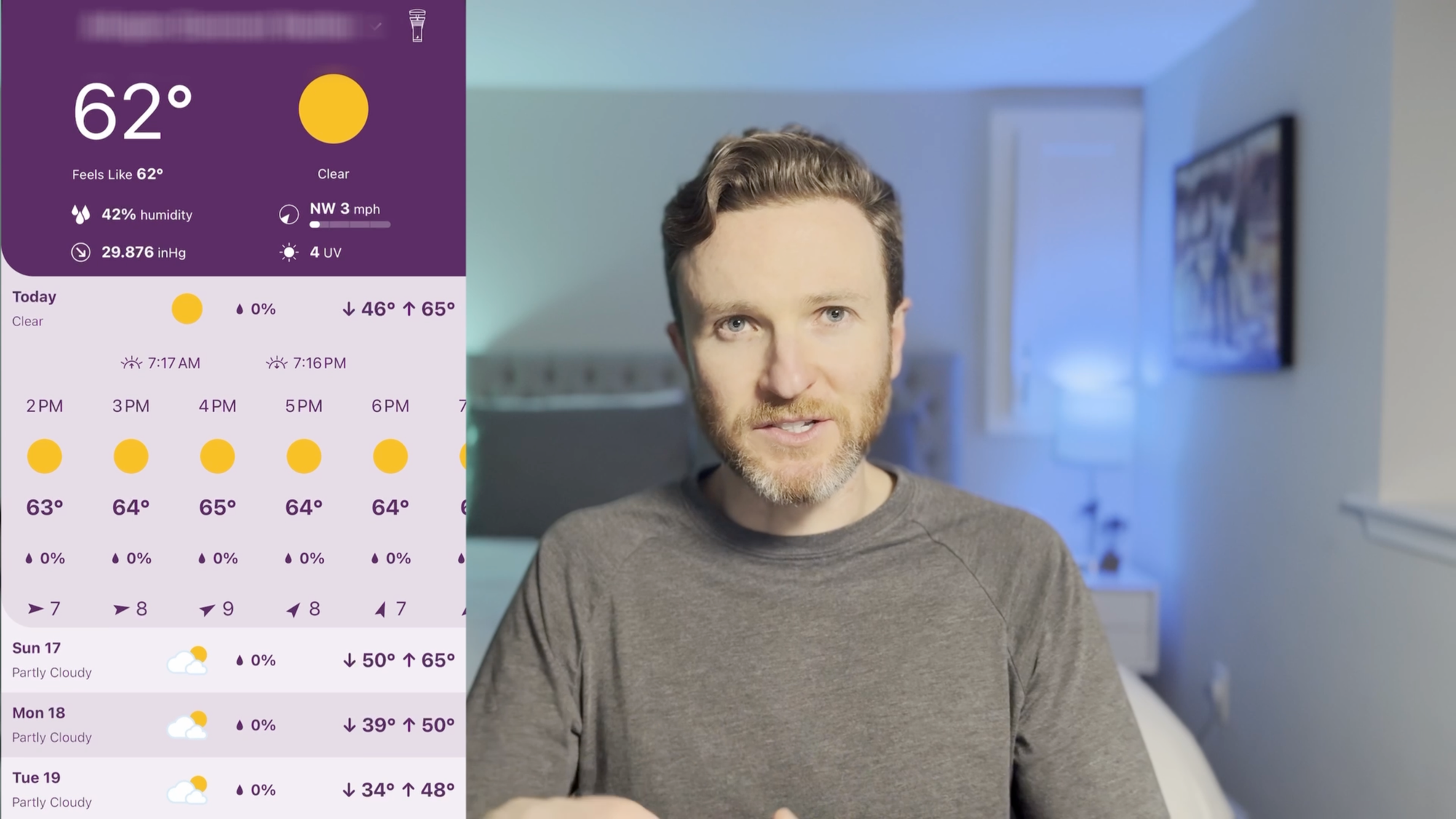
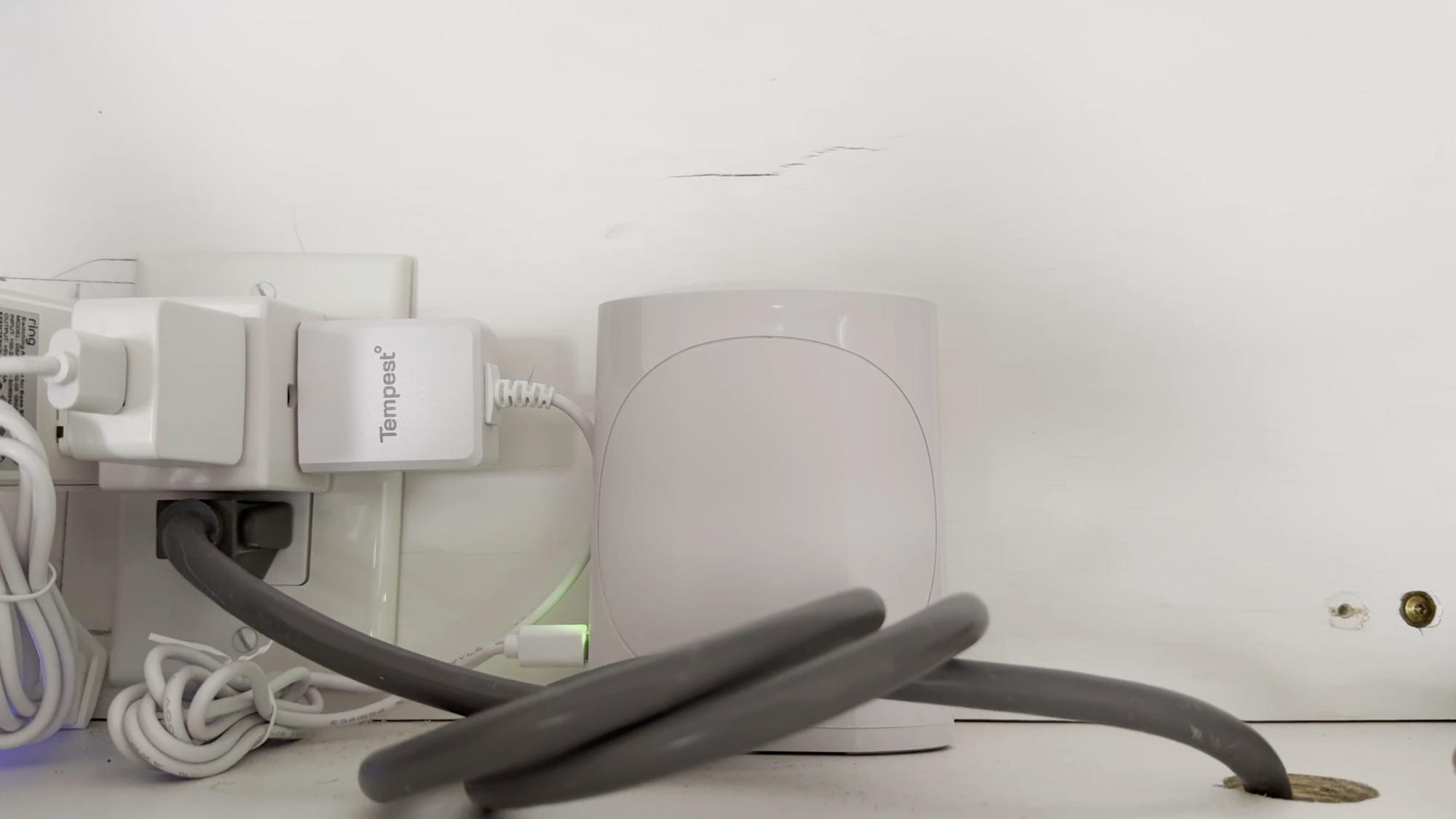
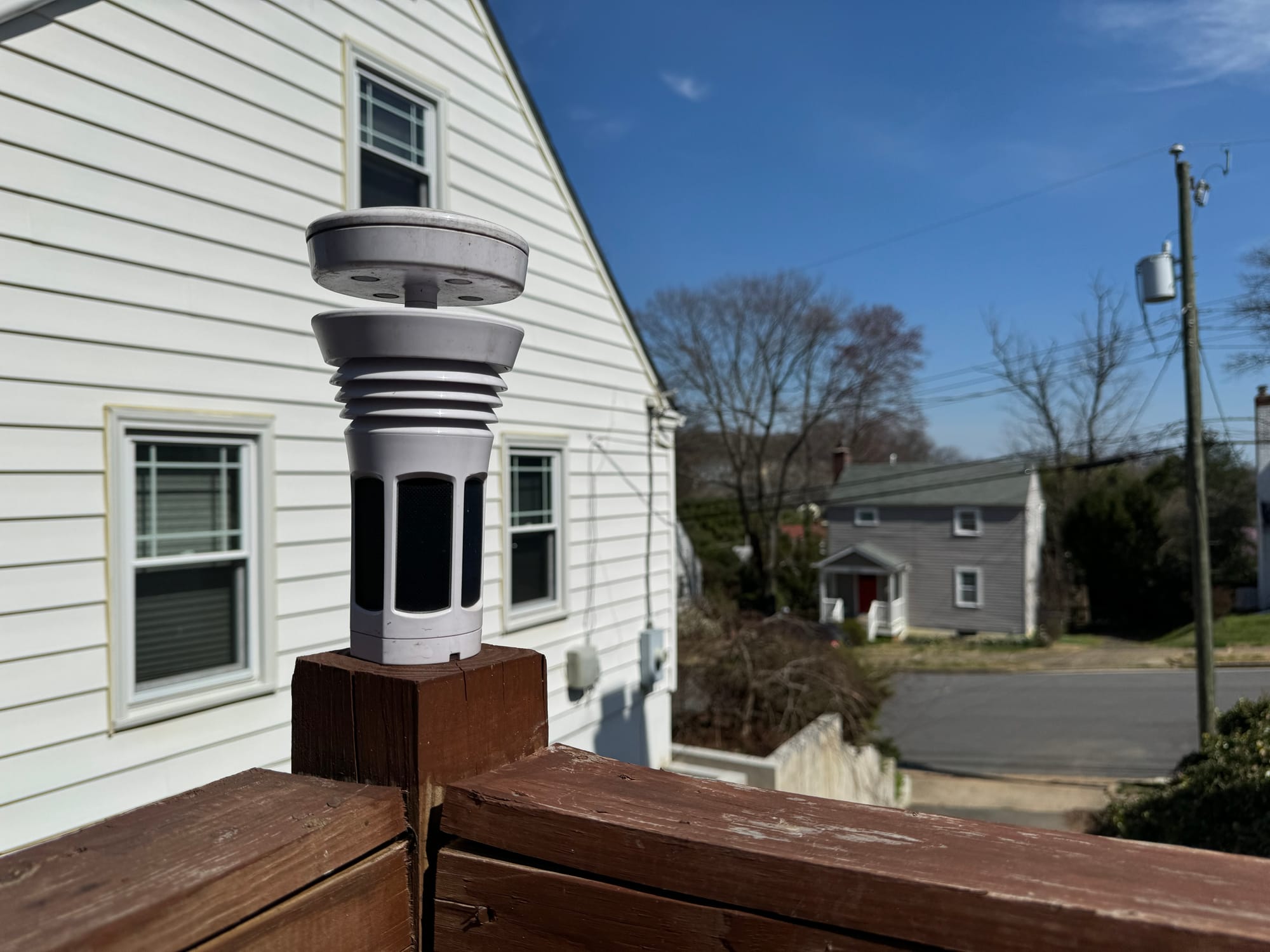
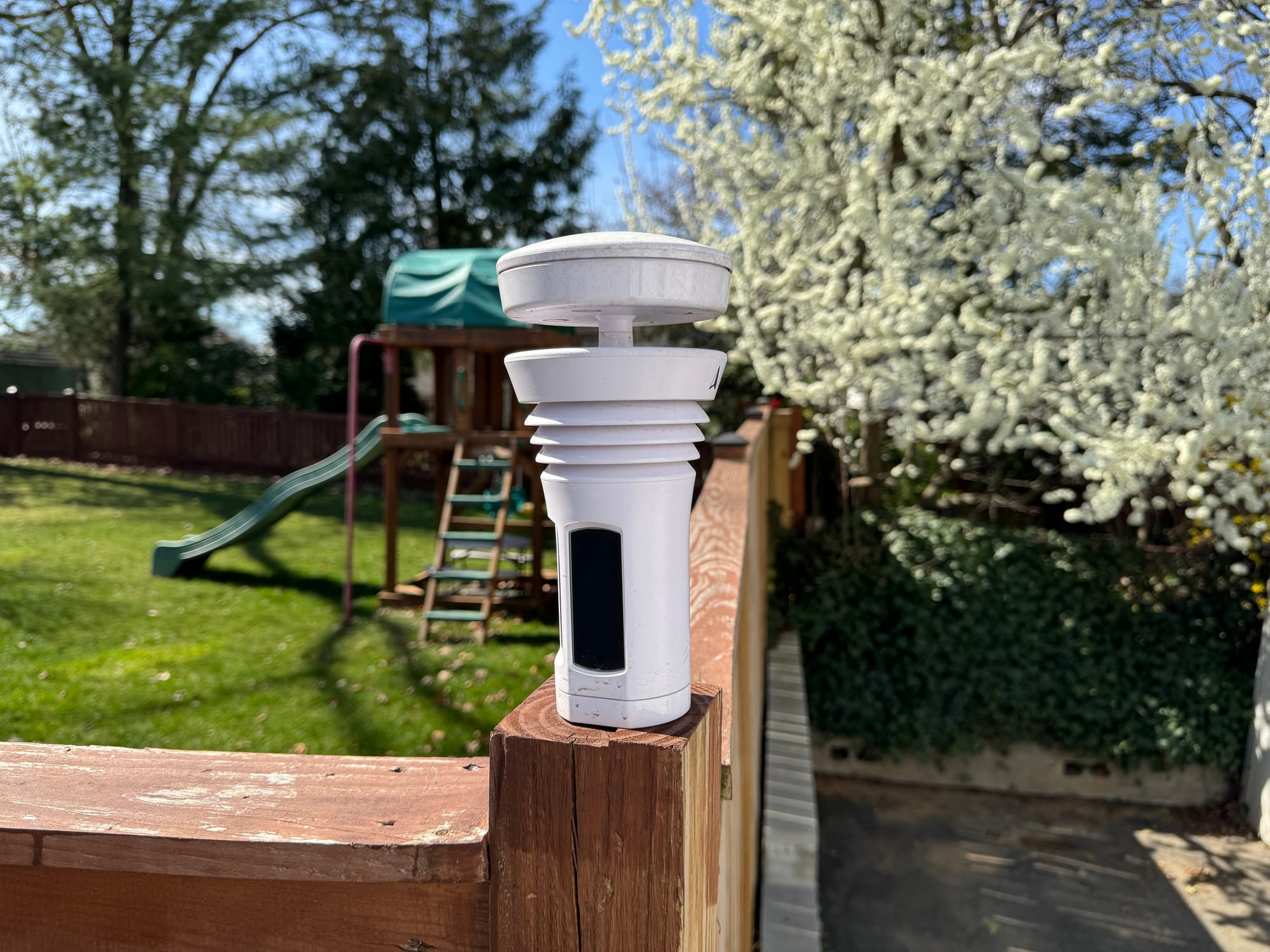
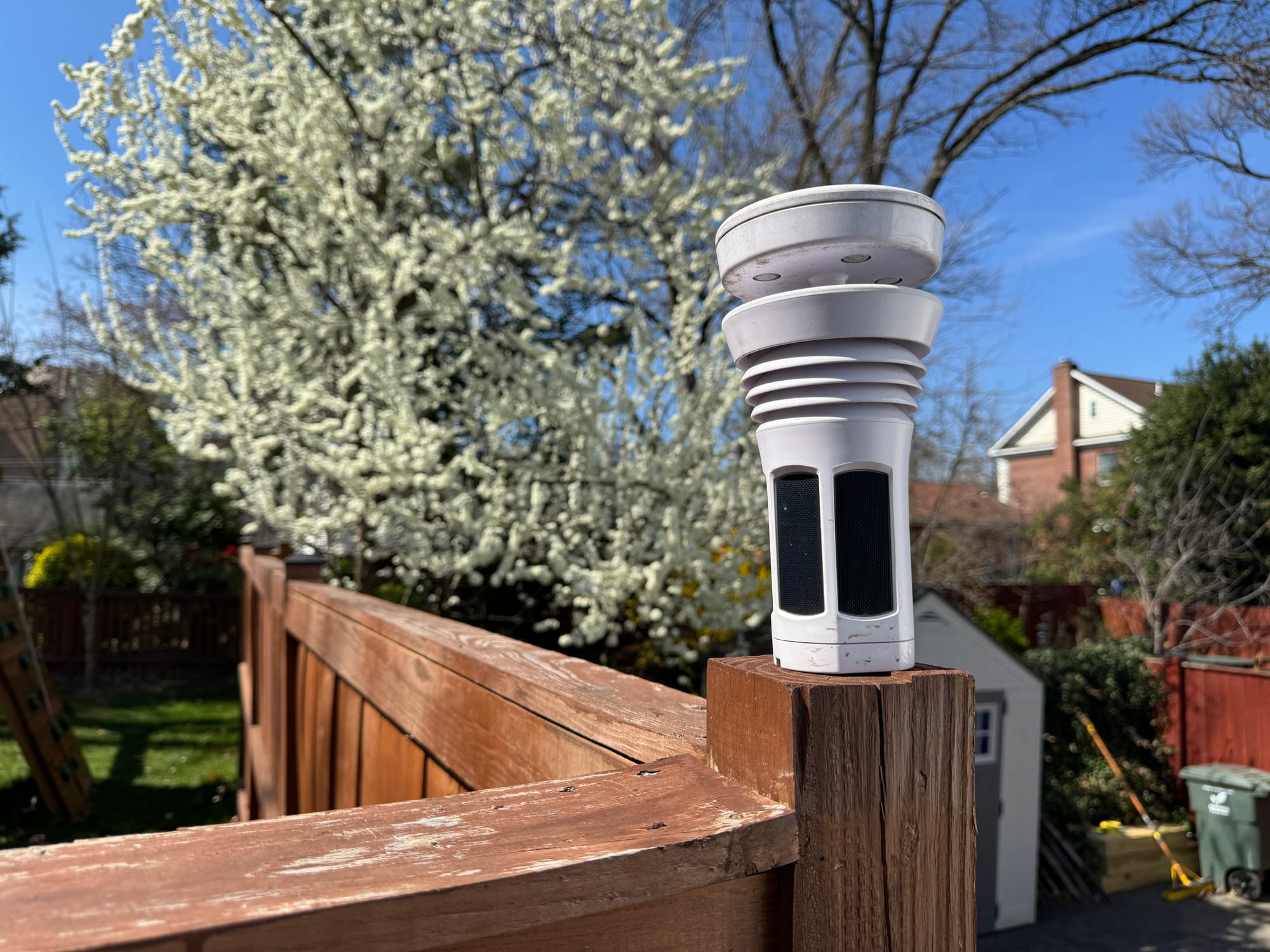
Tempest Weather System, hub, and app
My Experience
Installation was super simple. I just screwed it to the top of a wooden fence post. Probably took me three minutes. Since there are no moving parts, there isn’t much to break, so this thing should last a long time. No moving parts is rare for a full-featured weather station like this.
I have the included WiFi hub some 50 feet away behind a cabinet, and it connects just fine to the Tempest. The app for viewing weather data is good, not great. I don’t love the interface, and I can get more granular forecast data with the stock iOS weather app. I do like the ability to view weather history, which has come in handy more than once.
Since the rain sensor is haptic, it measures the intensity and frequency of drops hitting the top, and uses a calculation to determine the actual rainfall. It seems to have an accuracy of plus or minus 10%. The haptic sensor is smart enough to ignore things like a bird or squirrel jumping on top, and it can send you a push notification when it started raining.
You can also get real-time alerts when a lightning strike is detected, but I turned that off as it was too frequent and not that helpful to me.
My biggest complaint about the Tempest is the wind sensor, which seems less reliable. Even on days with a wind advisory warning and gusts over 50 mph that I can feel in my yard, the Tempest rarely reports wind speeds over 5 mph. I recognize positioning can have a lot to do with wind readings, though I have mine at the suggested height of 6-8 feet off the ground and in a relatively open area.
Smart Home Use Cases
So, what am I doing with this thing? Let’s go back to the two frustrations that I shared at the beginning.
First, I wanted my irrigation system to stop watering my lawn during, or immediately before and after a rain storm. I’m using the Rachio Smart Watering system, which I like, but it’s built in intelligence to avoid watering around rain was unreliable because it didn’t know the actual, real-time conditions in my yard.
By connecting Tempest to the Rachio app, my irrigation system now uses actual rainfall data at my home to determine when to avoid turning on the sprinklers. This helps save me money on my water bill, and is better for water conservation. It’s also one less thing for me to think about, so I can spend my time on other things.
Second, I wanted my outdoor lights to turn on when it was getting dark. Previously, I had my outdoor lights turn on at sunset. However, sunset doesn’t always correlate with when it’s getting dark outside. A late afternoon summer storm can make it get really dark, really fast.
By connecting Tempest to Home Assistant — my smart home hub — I now use the ambient light sensor on the weather station to know when it’s dark outside, and can use that to trigger my outdoor lights to turn on.
Of course, those are just two examples, but pairing Tempest with Home Assistant would allow you to create any type of home automation based on weather conditions:
- A notification to bring in the deck cushions if it’s raining.
- An alert to bring the kids inside when lightning is detected.
- An automation to open the outdoor patio shades if it’s too windy.
You can also integrate Tempest with Amazon’s voice assistant and If This Then That (IFTTT) applets, if that’s something you use.
Recommendations
Should you get a Tempest Weather System?
I think if you’re trying to solve for the same frustrations that I mentioned, especially by connecting it to a smart irrigation system, you’ll be happy with this. If your someone who just can’t get enough data, then you may also enjoy the weather history tracking. If you’re just looking to track the temperature or humidity at your home, this is probably overkill.
Final Thoughts
I paid $329 for this device, so it wasn’t cheap, but it does open a whole new spectrum of home automation possibilities. And for that, I’ve enjoyed it.
Watch on YouTube
Featured Tech
Tempest Weather System: https://amzn.to/3VqT4zc
Rachio 3 Eight Zone Smart Sprinkler Controller: https://amzn.to/3Pul4hI
Philips Hue Smart 60W A19 LED Bulb - White and Color Ambiance Color - 1 Pack: https://amzn.to/3vHIsBf
Philips Hue Smart 60W A19 LED Bulb - White Ambiance Warm-to-Cool White Light - 2 Pack: https://amzn.to/427c8nr
Philips Hue Bridge - Best Way to Use Philips Hue Smart Bulbs: https://amzn.to/3wEHnL5